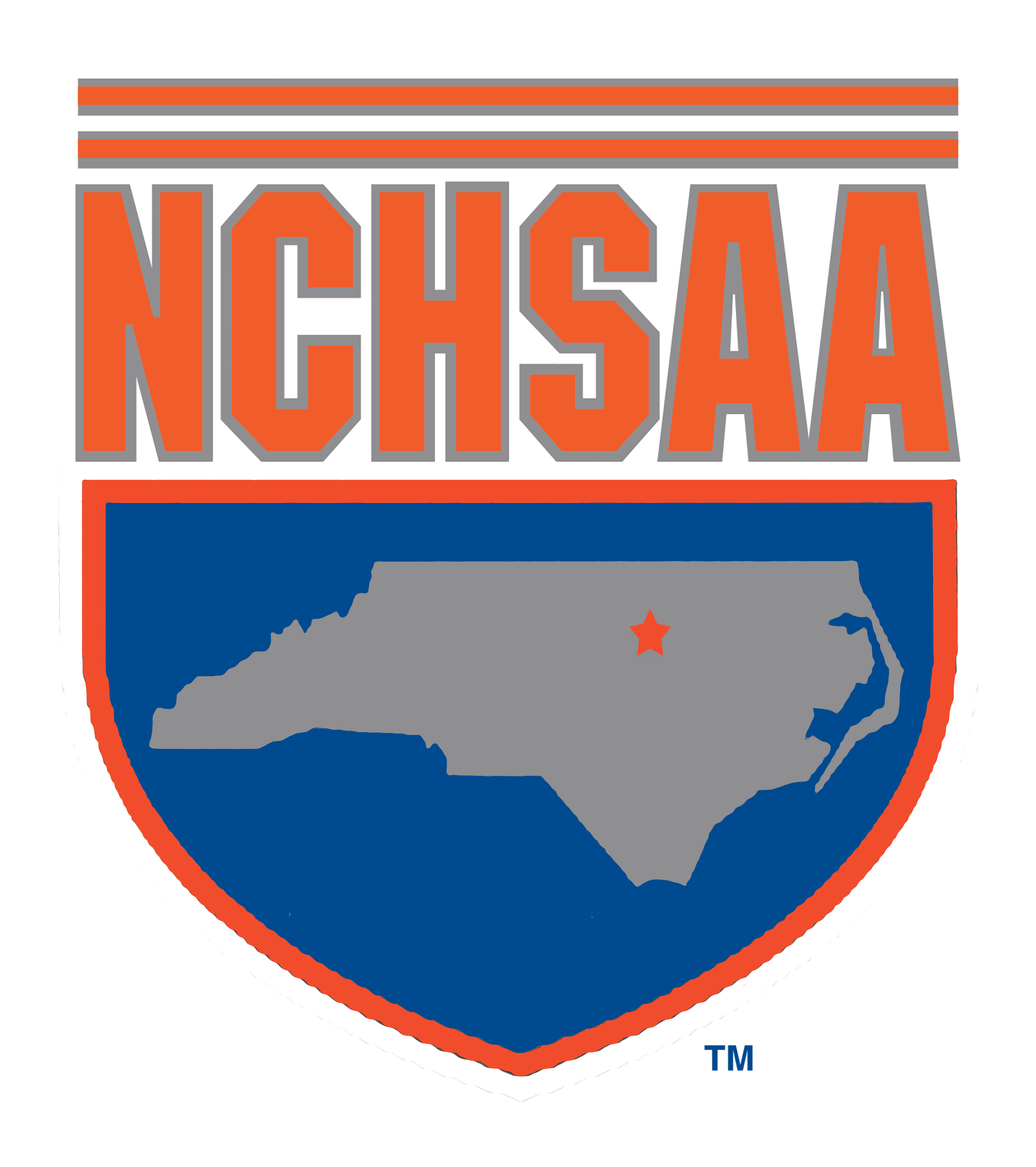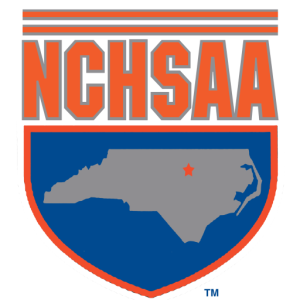Penalties for Fouls During Throw-ins Changed in High School Basketball
INDIANAPOLIS— Penalties for fouls during throw-ins have been changed in high school basketball, effective with the 2011-12 season.
The throw-in revision, as well as several other rules changes and editorial revisions, were approved by the National Federation of State High School Associations (NFHS) Basketball Rules Committee at its April meeting in Indianapolis. All rules changes recommended by the committee were subsequently approved by the NFHS Board of Directors.
Definitions within Rules 4-12-1, 4-12-2 and 4-12-6 were changed to reflect that team control will now exist during a throw-in once the thrower-in has the ball at his or her disposal. The new rule will no longer grant free throws to the defending team in the bonus if the throw-in team commits a foul.
“The advantage was too great because the throw-in team would lose possession and yield free throws under the previous rule,” said Mary Struckhoff, NFHS assistant director and liaison to the Basketball Rules Committee. “It was inconsistent with how this same play was being administered during non-throw-in situations.”
The committee also approved an editorial change to Rule 9-2-10, Penalty 4 to clarify that when an opponent contacts the thrower-in, an intentional foul will be charged to the offender. The defender will not have to have broken the plane to be charged with an intentional foul.
The committee edited Rule 1-3-1 to reflect the current basketball court design, which many high schools already use. The rule now permits at minimum a ¼-inch-wide single line and a line no wider than 2 inches for the center circle.
The committee also added Rule 3-5-3, which provides guidelines for arm compression sleeves. Sleeves may be white, black, beige or a single solid school color, and all sleeves must be the same color for each team member. Also, any manufacturer’s logos must not exceed 2¼ inches square.
In addition to the throw-in change to Rule 9-2-10, the committee approved several other editorial revisions, including reorganizing the definition of an intentional foul, clarifying when an alternating-possession throw-in shall be administered and clarifying penalty administration for when single fouls occur as part of a multiple free-throw situation.
Two other editorial changes to the Basketball Rules Book are ones that the NFHS Board of Directors has approved for use in all NFHS rules books.
The first rule extends the clerical duties of officials beyond the end of the game through the completion of any reports required from actions that occurred while the officials had jurisdiction.
The second authorizes state associations to grant exceptions to NFHS playing rules for participants with disabilities, special needs or extenuating circumstances.
Struckhoff said the committee again discussed requiring the use of a shot clock in high school basketball, as it has done for several years, but the committee did not approve the proposal.
“Even though there’s growing interest in using a shot clock, the general sense from the committee is that the time isn’t right,” Struckhoff said. “Given the current economic climate, it would be difficult for schools to comply with a rule requiring purchasing new equipment and hiring additional table personnel.”
A complete listing of all rules changes approved by the committee is available on the NFHS Web site at www.nfhs.org. Click on “Athletics & Fine Arts Activities” on the home page, and select “Basketball.”
Basketball is the second-most popular sport for girls and third-most popular for boys at the high school level, according to the 2009-10 High School Athletics Participation Survey conducted by the NFHS, with 439,550 girls and 540,207 boys participating nationwide. The sport ranks first in school sponsorship of girls and boys teams with 17,711 schools sponsoring the sport for girls and 17,969 sponsoring the sport for boys.



